Silicon carbide is an inorganic substance with the chemical formula SiC. It is smelted at high temperature in a resistance furnace using raw materials such as quartz sand, petroleum coke (or coal coke), and wood chips (salt is required when producing green silicon carbide). Silicon carbide is a semiconductor that occurs in nature as the extremely rare mineral moissanite. It has been produced on a large scale since 1893 as powder and crystals for use as abrasives, etc. Among non-oxide high-tech refractory raw materials such as C, N, and B, silicon carbide is the most widely used and economical one, and can be called emery sand or refractory sand. Silicon carbide produced industrially in China is divided into two types: black silicon carbide and green silicon carbide, both of which are hexagonal crystals.
Properties of SiC polymorphs
Lattice constant (A)Thermal conductivity (W⋅m−1⋅K−1)@ 300 KProperties of SiC polymorphspolytype | 3C(β) | 4H | 6H(α) |
| crystal texture | blende
(cubic) | hexagonal |
hexagonal |
point group | T2d-F3m | C46v-P63mc | C46v-P63mc |
Pearson symbol | cF8 | hP8 | Hp12 |
4.3596 | 3.0730; 10.053 | 3.0810; 15.12 |
|
Density (g/cm3) | 3.21 | 3.21 | 3.21 |
Band gap (eV) | 2.36 | 3.23 | 3.05 |
Bulk modulus (GPa) | 250 | 220 | 220 |
320 | 348 | 325 |
|
material structure
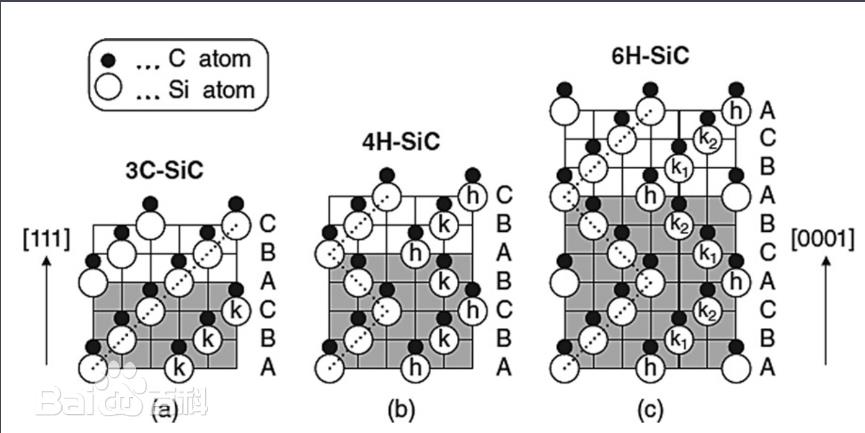
SiC is a typical binary compound semiconductor material. The basic unit of its crystal structure is a four-fold symmetry tetrahedron, namely SiC4 or CSi4. The distance between two adjacent Si atoms or two C atoms is 3.08 Å, while the distance between adjacent C atoms and Si atoms is only about 1.89 Å. [13] In SiC crystal, Si and C atoms form a very strong tetrahedral covalent bond (bond energy 4.6 eV) by sharing electron pairs in sp3 hybrid orbitals.
Pure silicon carbide is a colorless and transparent crystal. Industrial silicon carbide appears in light yellow, green, blue or even black due to different types and contents of impurities, and its transparency varies with its purity. The crystal structure of silicon carbide is divided into hexagonal or rhombohedral α-SiC and cubic β-SiC (called cubic silicon carbide). α-SiC consists of many different variants due to the different stacking sequences of carbon and silicon atoms in its crystal structure, and more than 70 species have been discovered. β-SiC transforms into α-SiC above 2100°C. α-SiC is the most common crystal form, and β-SiC belongs to the cubic crystal system, also known as cubic silicon carbide. Until now, β-SiC has had relatively few commercial uses, although due to its higher surface area than α-SiC it can be used as a support for heterogeneous catalysts. The industrial production method of silicon carbide is to use high-quality quartz sand and petroleum coke to refine it in a resistance furnace. The silicon carbide blocks obtained are made into products of various particle sizes through crushing, acid and alkali washing, magnetic separation and screening or water separation.
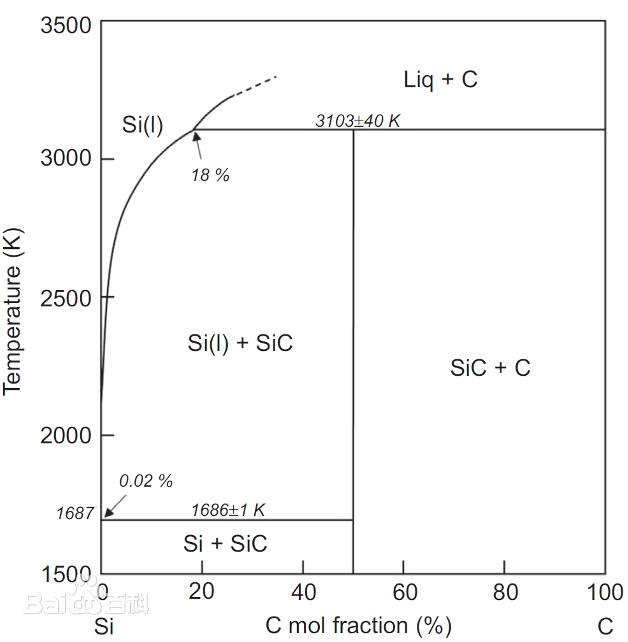
Application area
Silicon carbide has four main application areas, namely: functional ceramics, advanced refractory materials, abrasives and metallurgical raw materials. Silicon carbide rough materials can be supplied in large quantities and cannot be considered high-tech products. However, the application of nano-scale silicon carbide powder with extremely high technical content is unlikely to achieve economies of scale in a short time.
⑴ As an abrasive, it can be used to make abrasive tools, such as grinding wheels, oil stones, grinding heads, sand tiles, etc.
⑵ As metallurgical deoxidizer and high temperature resistant material.
⑶ High-purity single crystal can be used to manufacture semiconductors and silicon carbide fibers.
Main uses: used for wire cutting of 3-12 inch monocrystalline silicon, polycrystalline silicon, potassium arsenide, quartz crystal, etc. Engineering processing materials for solar photovoltaic industry, semiconductor industry, and piezoelectric crystal industry.
Used in semiconductors, lightning rods, circuit components, high temperature applications, UV detectors, structural materials, astronomy, disc brakes, clutches, diesel particulate filters, filament pyrometers, ceramic films, cutting tools, heating elements, nuclear fuel, Jewelry, steel, protective gear, catalyst carrier and other fields.
Abrasives
Mainly used for grinding and polishing grinding wheels, sandpaper, abrasive belts, whetstones, grinding blocks, grinding heads, grinding pastes, and monocrystalline silicon, polycrystalline silicon in photovoltaic products, and piezoelectric crystals in the electronics industry.
chemical engineering
"Three resistant" materials
Thermal conductive material
steel
Metallurgical beneficiation
Energy saving
jewelry
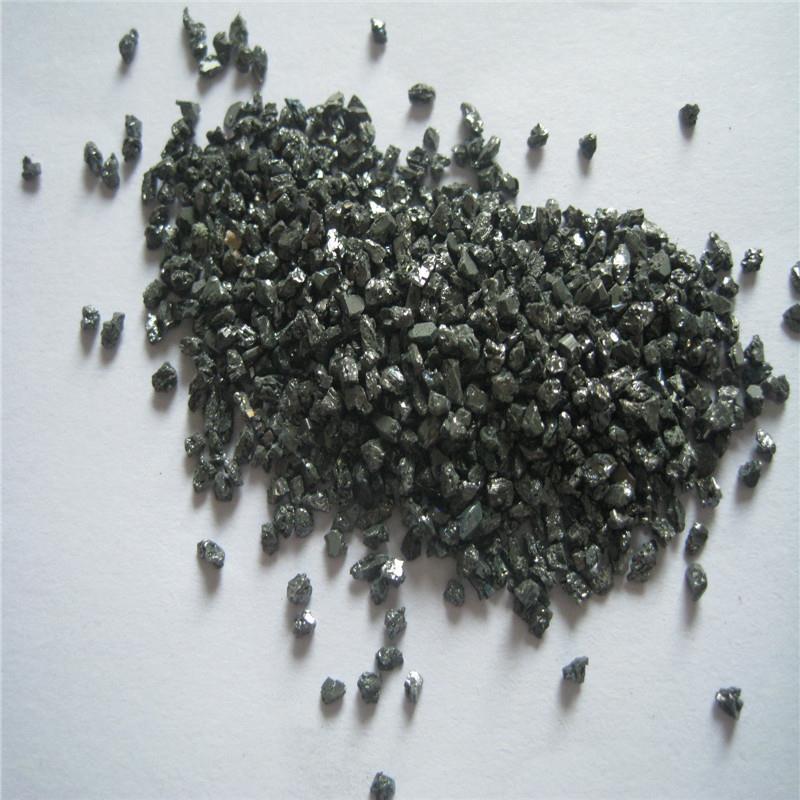
Packing&Shipping
1kg/aluminium foil bag, with two plastic bags inside.
25kg/fiber drum, with two plastic bags inside.
≤50kg, Express delivery recommended, usually called as DDU service;
≤500kg,Air shipping recommended, usually called as CIF service;
>500kg, sea shipping recommended, usually called as FOB, CFR, or CIF service;
For high value products, please select air shipping and express delivery for safety.

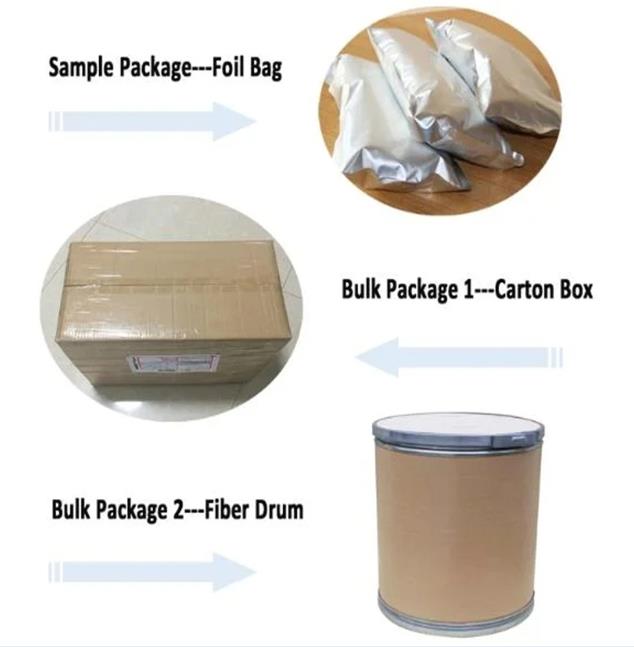
Company Profile
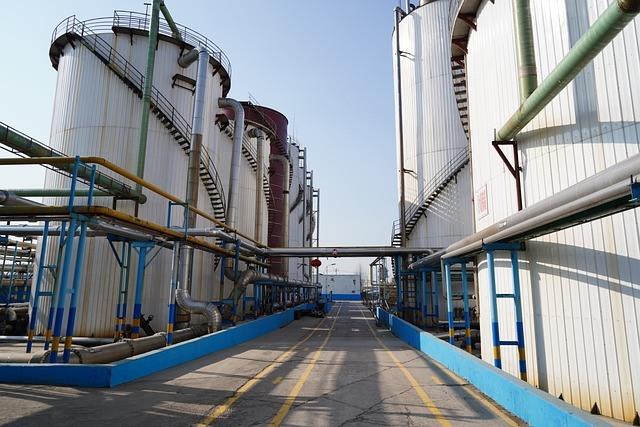
Yujiang Chemical(Shandong) Co., Ltd. We are located in Shandongwith convenient transportation access. We are a professionalmanufacturer and trader that is concerned with the research.development and production of chemical products. We committedto providing you with high-quality products and services. We alwaysimplement the concept of customer value creation, for customerstailored products, to meet the needs of different customers, andcontinuously provide customers with solutions and technical problemsFurther exploration and innovation, and excellence.Welcome andook forward to customers from all of the world to contact us forcreate a bright future with us together.